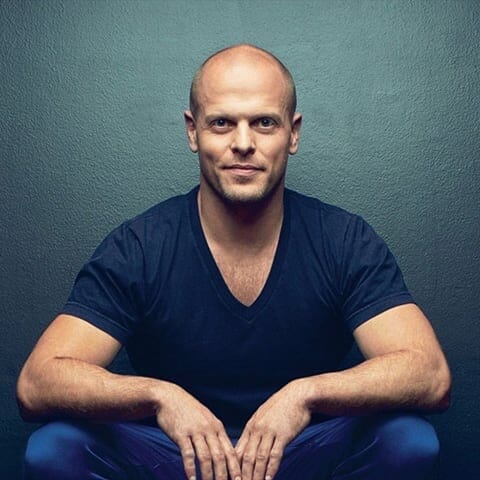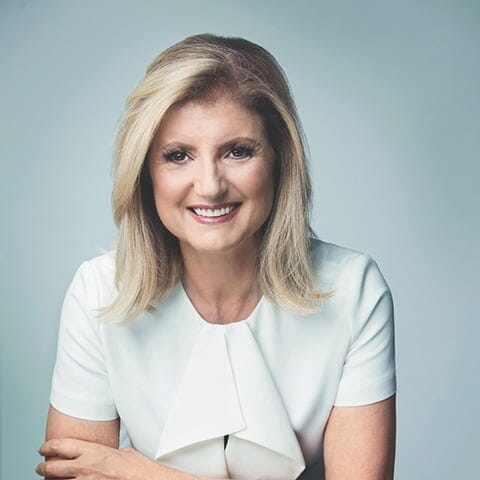 author
authorAlvin Toffler
Alvin Eugene Toffler was an American writer, futurist, and businessman known for his works discussing modern technologies, including the digital and communication revolutions, emphasizing their effects on cultures worldwide. He is regarded as one of the world's outstanding futurists. Toffler was an associate editor of Fortune magazine. He focused on technology and its impact in his early works, which he termed "information overload."
In 1970, his first major book about the future, Future Shock, became a worldwide best-seller and has sold over 6 million copies. He and his wife Heidi Toffler, who collaborated with him for most of his writings, moved on to examining the reaction to changes in society with another best-selling book, The Third Wave, in 1980. In it, he foresaw such technological advances as cloning, personal computers, the Internet, cable television, and mobile communication.
His later focus, via their other best-seller, Powershift (1990), was on the increasing power of 21st-century military hardware and the proliferation of new technologies. He founded Toffler Associates, a management consulting company. He was a visiting scholar at the Russell Sage Foundation, a visiting professor at Cornell University, a New School for Social Research faculty member, a White House correspondent, and a business consultant. Toffler's ideas and writings significantly influenced the thinking of business and government leaders worldwide, including China's Zhao Ziyang and AOL founder Steve Case.
Alvin Toffler was born in New York City on October 4, 1928, and raised in Brooklyn. He was the son of Rose (Albaum) and Sam Toffler, a furrier, both Polish Jews who had migrated to America. He had one younger sister. He was inspired to become a writer at the age of 7 by his aunt and uncle, who lived with the Tofflers. "They were Depression-era literary intellectuals," Toffler said, "and they always talked about exciting ideas."
Toffler graduated from New York University in 1950 as an English major, though by his own account, he was more focused on political activism than grades. He met his future wife, Adelaide Elizabeth Farrell (nicknamed "Heidi") when she started a linguistics graduate course. Being radical students, they decided against further graduate work and moved to Cleveland, Ohio, where they married on April 29, 1950.
Seeking experiences to write about, Alvin and Heidi Toffler spent the next five years as blue-collar workers on assembly lines while studying industrial mass production in their daily work. He compared his desire for experience to other writers, such as Jack London, who sailed the seas in his quest for subjects to write about, and John Steinbeck, who went to pick grapes with migrant workers. In their first factory jobs, Heidi became a union shop steward in the aluminum foundry where she worked. Alvin became a millwright and welder. In the evenings, Alvin would write poetry and fiction but discovered he was proficient at neither.
His hands-on practical labor experience helped Alvin Toffler land a position at a union-backed newspaper, a transfer to its Washington bureau in 1957, then three years as a White House correspondent, covering Congress and the White House for a Pennsylvania daily newspaper. They returned to New York City in 1959 when Fortune magazine invited Alvin to become its labor columnist, later having him write about business and management.
After leaving Fortune magazine in 1962, Toffler began a freelance career, writing long-form articles for scholarly journals and magazines. His 1964 Playboy interviews with Russian novelist Vladimir Nabokov and Ayn Rand were considered among the magazine's best. His interview with Rand was the first time the magazine had given such a platform to a female intellectual, which, as one commentator said, "the real bird of paradise Toffler captured for Playboy in 1964 was Ayn Rand."
IBM hired Toffler to conduct research and write a paper on computers' social and organizational impact. This led to his contact with the earliest computer "gurus" and artificial intelligence researchers and proponents. Xerox invited him to write about its research laboratory, and AT&T consulted him for strategic advice. This AT&T work led to a study of telecommunications, which advised the company's top management to break up the company more than a decade before the government forced AT&T to break up.
In the mid-1960s, the Tofflers began five years of research on what would become Future Shock, published in 1970. It has sold over 6 million copies worldwide, according to the New York Times, or over 15 million copies, according to the Tofflers' Web site. Toffler coined the term "future shock" to refer to what happens to a society when change happens too fast, which results in social confusion and normal decision-making processes breaking down. The book has never been out of print and has been translated into dozens of languages.
He continued the theme in The Third Wave in 1980. While he describes the first and second waves as the agricultural and industrial revolutions, the "third wave," a phrase he coined, represents the current information, computer-based revolution. He forecasted the spread of the Internet and email, interactive media, cable television, cloning, and other digital advancements. He claimed that one of the side effects of the digital age has been "information overload," another term he coined. In 1990, he wrote Powershift, also with the help of his wife, Heidi.
In 1996, with American business consultant Tom Johnson, they co-founded Toffler Associates, an advisory firm designed to implement many of the ideas the Tofflers had written on. The firm worked with businesses, NGOs, and governments in the United States, South Korea, Mexico, Brazil, Singapore, Australia, and other countries. During this period in his career, Toffler lectured worldwide, taught at several schools, and met world leaders, such as Mikhail Gorbachev, along with key executives and military officials.
Best author’s book























